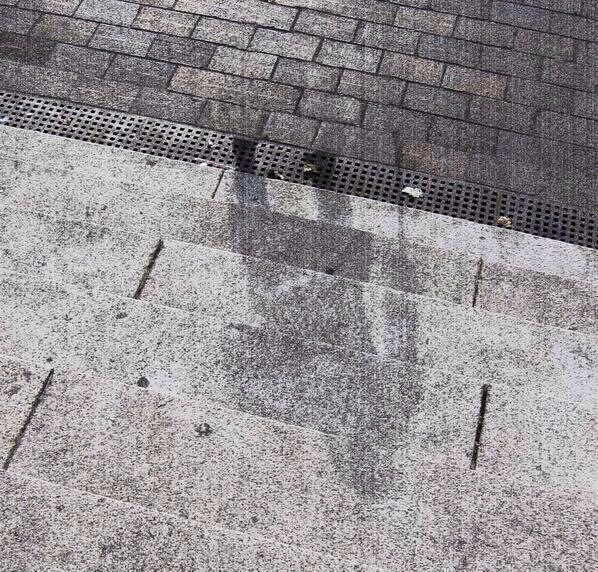
At 8:15 on the morning of August 6, 1945, a person sat on a flight of stone stairs leading up to the entrance of the Sumitomo Bank in Hiroshima, Japan. Seconds later, an atomic bomb detonated just 800 feet away, and the person sitting on the stairs was instantly incinerated. Gone like that. But not without leaving a mark.
As the Google Cultural Institute explains it, “Receiving the rays directly, the victim must have died on the spot from massive burns. The surface of the surrounding stone steps was turned whitish by the intense heat rays. The place where the person was sitting became dark like a shadow.”
That shadow lasted for years, until eventually rain and wind began to erode it. When a new Sumitomo Bank was built, the steps were relocated to the Hiroshima Peace Memorial Museum, where they’re now preserved. You can see the “Human Shadow Etched in Stone” above.
If you would like to sign up for Open Culture’s free email newsletter, please find it here.
If you would like to support the mission of Open Culture, consider making a donation to our site. It’s hard to rely 100% on ads, and your contributions will help us continue providing the best free cultural and educational materials to learners everywhere. You can contribute through PayPal, Patreon, Venmo (@openculture) and Crypto. Thanks!
Related Content:
Watch Chilling Footage of the Hiroshima & Nagasaki Bombings in Restored Color






0 Commentaires